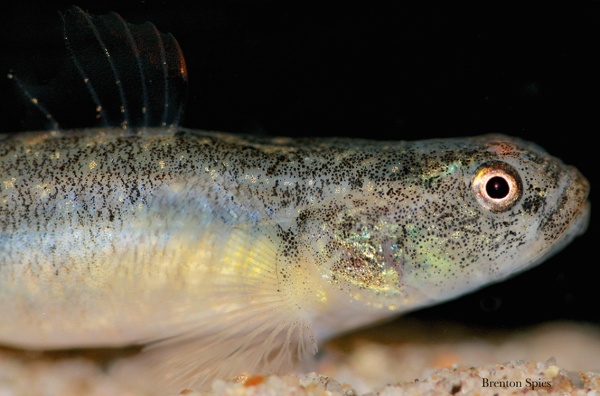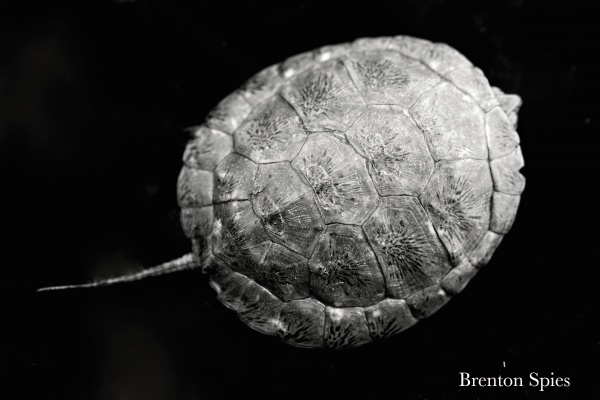Taking photography from the realm of scientific data to artful expressions, wildlife biologist Brenton Spies has found a way to connect two of his great passions – and a new exhibition of his work illuminates both.
“Diversity of California Wetlands” at the G-2 Gallery in Venice highlights Spies’ journey up and down the California coastline when he visited 122 wetlands/estuaries/lagoons in eight months. A Kickstarter campaign funded Spies, a research biologist pursuing his PhD at UCLA, to explore habitats (many not open to the general public) that are homes to some of California’s most endangered critters as well as stunning landscape beauty.
“I went from Humboldt County down to Camp Pendleton,” says Spies about his travels that were inspired by his earlier Masters’ degree studies of the tiny 2-inch long tidewater goby, an endangered fish native to lagoons and streams along the California coastline.

“I saw all these beautiful wetlands and the diversity of life and really wanted to explore them more,” he says about areas where aquatic animals must adapt to living in both fresh water and hyper-saline conditions. “These are difficult systems to live in but they do it,” he says. “Really fascinating.”
Bits and pieces are all that remains of the once giant California coastal salt marshes. It’s estimated that today we’re only seeing between 5-10 percent of the marshes that once bogged the area. Dredged and bulldozed over for development, these soupy prairie-like lands are home for many species; Spies’ exhibition highlights wildlife portraits of a red-legged frog, Western pond turtle, California newt and assorted spiders and insects along with poignant landscapes.
Spies was lucky to be granted admission into some of the most pristine wetland areas, lands that have not been touched by human influence, including lands occupied by the Vandenberg Air Force Base.
“The images that were chosen for the exhibition represent the estuaries, lagoons and wetlands in California that really depict the natural California wetlands environment, what this area looked like before human influence,” he says adding that human disruption to wetlands of the past “still has repercussions today. But nature does endure and can endure. These images give you a feel for what it was like back then and what it can be again.”
As a research biologist, Spies uses many tools in the field (notebooks, measuring apparatus, etc.) and photography has become an important asset. “Photography can be overlooked in academics which often focus on written scientific papers and journal submissions,” he says explaining there is a time and place for the written word, statistics, graphs and charts, but nothing can instantly communicate like an image. “You don’t have to translate an image; it says it all.”

Raising public awareness of the wetlands also prompted Spies to volunteer for many years with Heal the Bay; just last year he assisted HTB’s Santa Monica Pier Aquarium to install a goby display (the first one ever) to help educate the masses about the needs of this important species and all critters that live in the streams and rivers that lead into the ocean.
Overall, Spies says he will continue to document wildlife through a photographic lens. “It has just come naturally to me and I love taking photos of subjects that mean a lot to me. The more you shoot, the more you know.”



